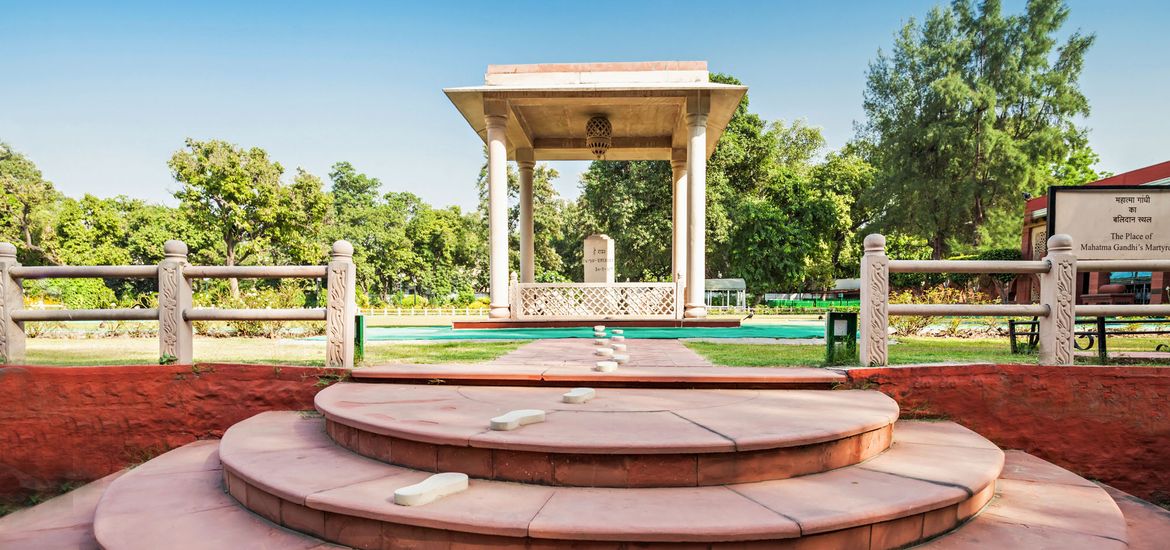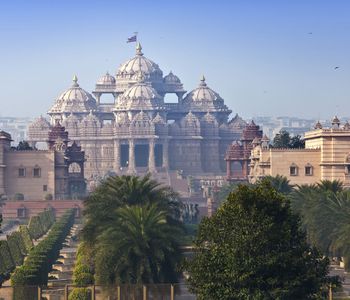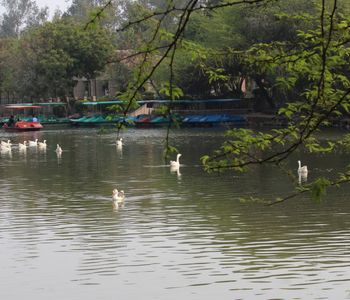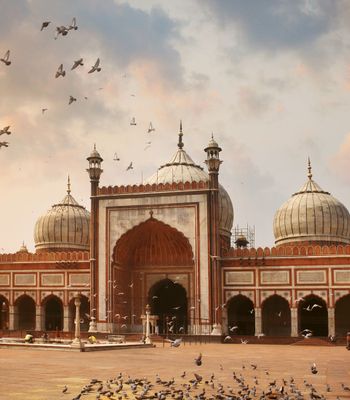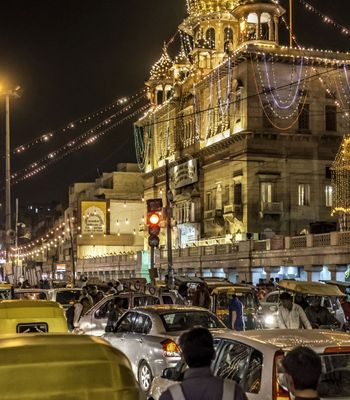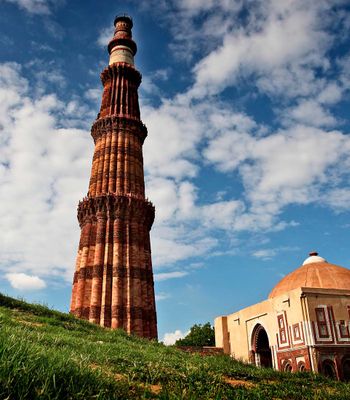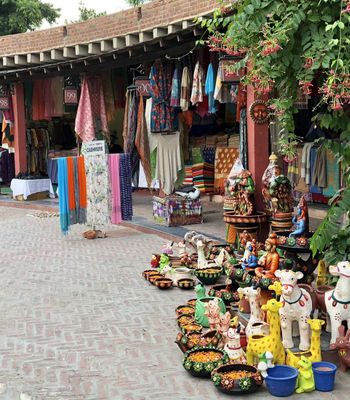An Indian vacation can include attractions, culinary delights and exploring the local culture. Certainly, the people of India also contribute to your experience. One particular historical figure named Mahatma Gandhi has a memorial called Raj Ghat along the Yamuna River. Visiting this landmark can help you understand the "father of India" and how the culture continues to celebrate him today.
A Life Cut Short
Mahatma Gandhi was an early 20th-century figure who was a lawyer-turned-activist near the end of his life. Specifically, Gandhi opposed British rule and believed that non-violent protest could achieve nationalist goals at the time. As a beloved leader, he inspired many Indians to stand up for themselves as India's place in the global world developed.
In 1948, however, Gandhi was assassinated. His remains were cremated at the very spot where the Raj Ghat resides. Today, this riverbank landscape is a calm garden and memorial location for anyone who chooses to reflect on Gandhi and his peaceful strength.
The Memorial's Unique Architecture
Designed by Vanu G. Bhuta, the memorial is remarkably simple by design. Black marble shaped into a square platform is a reflection of Gandhi's humble life. The only detail on the memorial otherwise is the phrase "Hey Ram." As Gandhi's last words, this phrase is especially powerful to view in person.
In addition, the memorial includes an eternal flame burning within a glass enclosure. Although the memorial isn't open at night, caregivers make sure the flame is always lit. As a new day arises, caregivers also decorate the memorial with flowers. Undoubtedly, brightly colored flowers against the black marble stand out as visitors pay their respects.
A Visit Unlike Any Other
Before entering the walls of Raj Ghat, removing your shoes is customary. It's a sign of respect for the entire memorial. Within the complex, discover fountains, grassy areas and labeled trees. Indeed, these trees were actually planted by past dignitaries, such as Dwight Eisenhower and Queen Elizabeth II. Furthermore, walking around the garden gives you a view of Gandhi's quotes that are posted along the walls. Overall, Raj Ghat remains a peaceful space to ponder any subject.
A Plan for Your Visit
Raj Ghat is open daily from 6:30 a.m. to 6 p.m. Truthfully, the marble platform is only one of the highlights. After paying your respects, consider a walk through the National Gandhi Museum. Located adjacent to the memorial, this museum offers exhibits of Gandhi's teachings, photos and more. A free film show occurs on the weekends, too.
To truly experience the memorial, visit on any Friday. On this day, there's a prayer meeting to celebrate Gandhi and his life. By participating in a prayer, you can understand Gandhi's perspective on his homeland.
By planning your visit to Raj Ghat, you can pay your respects to Mahatma Gandhi while enjoying the lush landscape surrounding it. As a quiet reprieve from the busy city, Raj Ghat is a beautiful highlight for any traveler's itinerary. Overall, the memorial reflects India's people and culture through Mahatma Gandhi's activism.
